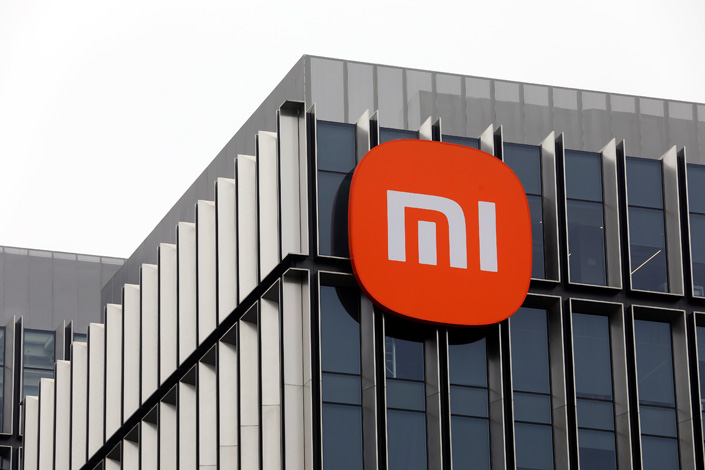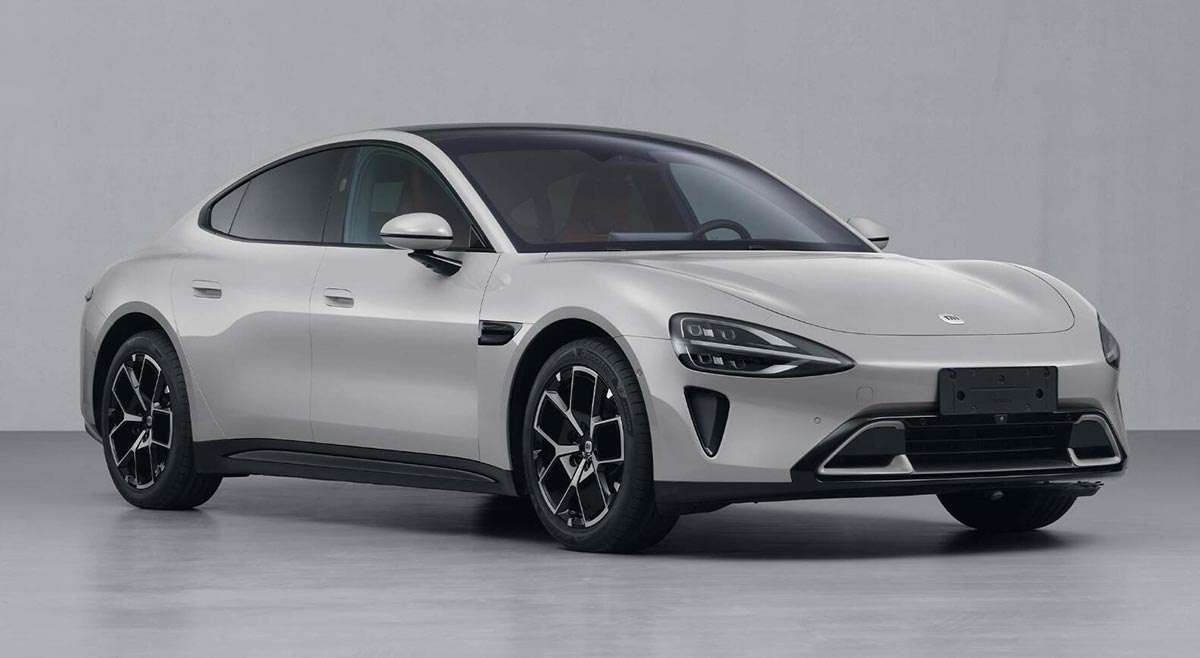In a significant leap towards its foray into the electric vehicle (EV) landscape, Chinese tech titan Xiaomi has received the green light from the National Development and Reform Commission (NDRC) to establish an annual production capacity of 100,000 electric vehicles. This regulatory approval marks a pivotal milestone in Xiaomi’s audacious venture into the EV manufacturing realm.
Xiaomi’s founder and visionary, Lei Jun, made waves in 2021 by announcing the company’s strategic entry into the realm of smart electric vehicles. Pledging a formidable investment of $10 billion over the forthcoming decade, Jun laid out an ambitious roadmap with the goal of commencing mass production of its premier electric cars by the first half of 2024.
While the NDRC’s authorization is a substantial stride towards realizing Xiaomi’s EV ambitions, the company must yet secure the nod of the Ministry of Industry and Information Technology (MIIT) prior to initiating full-scale production. MIIT bears the crucial responsibility of evaluating the technical and safety facets of novel vehicle models.
Xiaomi’s foray into the electric vehicle sector comes in the midst of challenges faced by its traditional smartphone business. The initial quarter of the year saw an 18.9% year-on-year dip in revenue, propelling the company to seek diversification avenues within its portfolio.
In China, the electric vehicle market is undergoing an exponential surge, offering Xiaomi an enticing opportunity to tap into this burgeoning trend. The company, leveraging its robust retail network, has strategic plans to utilize its established channels for the retailing of its forthcoming electric vehicles.
Undoubtedly, Xiaomi’s entry into the competitive EV arena poses formidable challenges; however, the company’s determination to succeed shines through. Armed with a robust history of groundbreaking innovation, Xiaomi exudes confidence in its ability to craft a compelling and competitive electric vehicle that can carve a niche in the evolving market landscape. As the regulatory pieces fall into place, the tech giant inches closer to reshaping not just its own future, but potentially the future of electric mobility itself.




